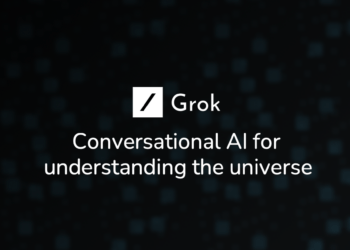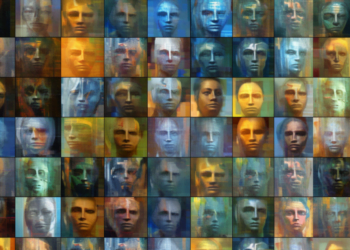The field of supervised learning, a subcategory of artificial intelligence (AI), has seen exponential growth, evidenced by the diversification of algorithms and the expansion of practical applications. This article will explore the technical advancements and applications of the most popular supervised learning algorithms, which are essential for transforming large volumes of labeled data into precise and reliable predictive models.
Decision Trees and Random Forest
Decision trees are hierarchical and branched logical flow structures, applying a divide and conquer strategy for decision-making. Through nodes, branches, and leaves, the trees model decisions and their possible outcomes. A significant advancement in this category is Random Forests, which improve accuracy and robustness compared to single decision trees by constructing multiple trees and merging their predictions.
Random Forests are particularly useful in biomedical applications for diagnosing complex diseases, where the integration of varied data sources and high dimensionality pose specific challenges. A promising case study is the use of Random Forests in precision oncology, where they have shown effectiveness in identifying genetic patterns associated with responses to specific treatments.
Support Vector Machines (SVM)
SVMs are one of the most robust and accurate algorithms in supervised learning. They achieve classification and regression in high-dimensional spaces through optimal hyperplanes, particularly effective in situations where the relationship between classes is not linear. Their ability to handle large volumes of features has made them indispensable in the recognition of complex patterns.
One of the most recent developments in SVMs is the incorporation of quantum kernels. Combined with quantum computing, these kernels promise to solve classification problems with computational efficiency that is unattainable for classical SVMs. SVMs with quantum kernels are particularly promising in cryptography and computer security, where the ability to process complex data relationships can significantly improve threat detection and security breach prevention.
Neural Networks and Deep Learning
Artificial neural networks, inspired by brain neurobiology, consist of layers of interconnected neurons capable of functional approximations. The evolution of these networks has led to the development of Deep Learning, characterized by network architectures with multiple hidden layers that can extract highly abstract and complex patterns from data.
An area of intense research in Deep Learning is the development of generative adversarial networks (GANs). GANs use two neural networks, a generative and a discriminative one, which learn in a competitive manner. Disruptive applications of these models include the creation of synthetic content and the generation of additional training data to enhance the robustness of other AI models.
Boosting and XGBoost
Boosting is an ensemble technique that sequentially builds a set of weak models, each correcting the errors of its predecessor, to form a strong final model. XGBoost, a specific implementation of Gradient Boosting, stands out for its efficacy and efficiency in handling large data scales and its ability to manage diverse forms of loss functions.
XGBoost has proven particularly valuable in data science competitions and financial applications, such as credit risk modeling. With the incorporation of regularization techniques, XGBoost improves model generalization, reducing overfitting, which is critical in the context of the volatile global economy.
Conclusions and Future of Supervised Learning
The popular supervised learning algorithms described in this article have proven to be valuable tools in the arsenal of artificial intelligence, each with its niche and specialized applications. As AI research continues, we expect to see advances in the customization of algorithms for specific problems and improvements in computational efficiency, possibly through integration with quantum computing and the development of new algorithmic paradigms.
Supervised learning will remain a vibrant field for theoretical exploration and practical innovation. The current focus on more explainable and ethical systems, along with the evolution in data use regulation, poses challenges and opportunities for developing algorithms that are not only powerful but also transparent and fair. As these technologies become even more integrated into society, it’s imperative that advancements are accompanied by ethical and responsible considerations to ensure they benefit all.






















